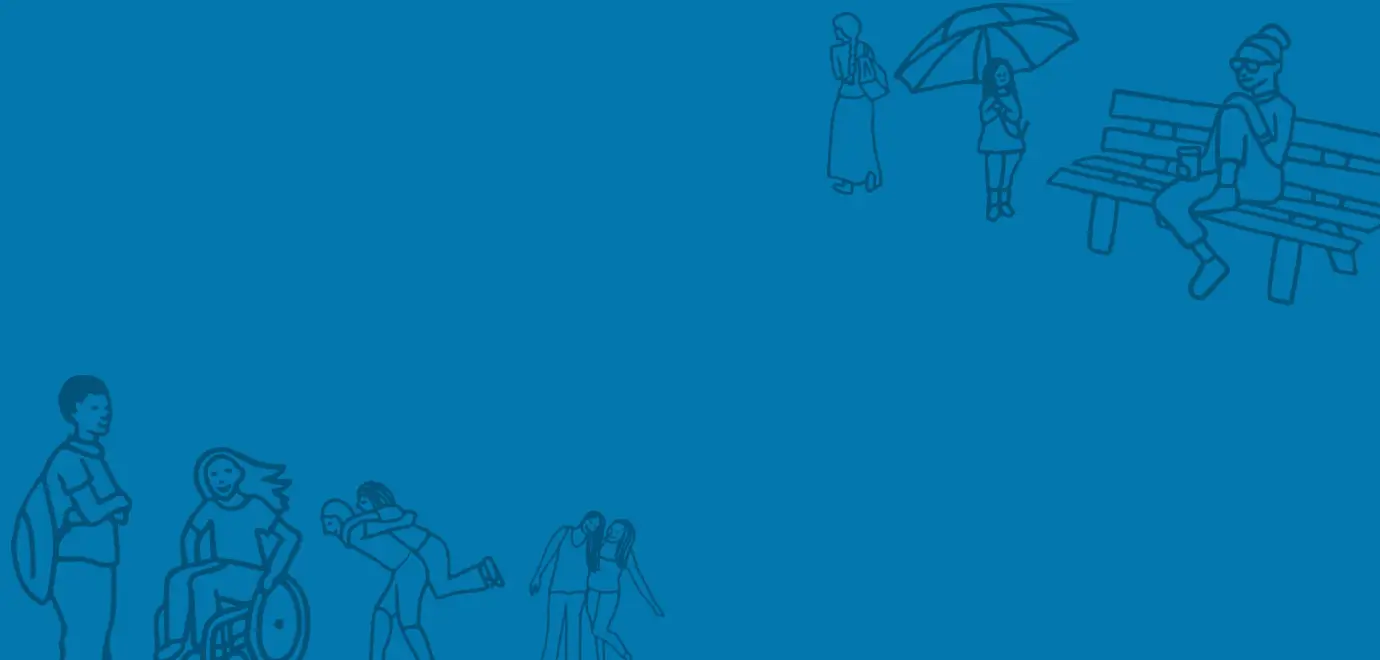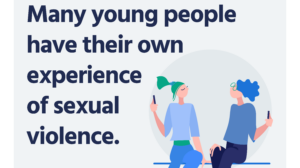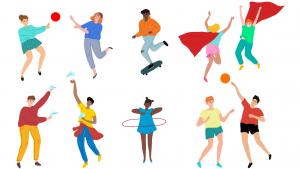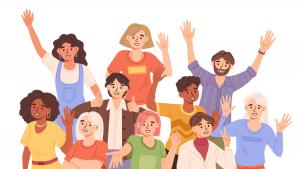This week, the Children’s Commissioner published new research into the links between pornography, sexual violence and mental health. The full findings of the Commissioner’s survey of over 1,000 young people and focus groups with teenagers can be found here.
The survey finds that there are correlations between early exposure to pornography, frequent consumption of pornography and the development of harmful attitudes and behaviours.
The Commissioner has campaigned for the swift enactment of the Online Safety Bill in order to protect children from pornography. She has also urged tech firms to do more, ahead of online safety regulation, to protect the children from harmful content across their platforms.
In the meantime, it is crucial for parents to consider the practical steps they can take to protect their children, including holding proactive, age-appropriate conversations about pornography and installing robust safety controls across devices.
Alongside the research, the Commissioner has published an information sheet to unpack these relationships and to suggest ways that parents, carers, teachers and others in society can support children to safely navigate harmful and adult content online.
The information sheet can be found here.
In the information sheet we follow one child’s journey, “Girl A”.
At age 9
Girl A starts a new year at primary school, some of her classmates have recently been given their own smartphone to keep them safe on their way to school. They start talking about something called ‘porn’ which they have seen online.
Girl A is confused but pretends to understand. She is scared that she will get in trouble if she asks her mum or teacher.
The CCo survey finds:
- By age nine, 10% had seen pornography, 27% had seen it by age 11.
- Children who see pornography for the first time at age 11 or younger are likely to have lower self-esteem as young adults.
At age 11
Girl A starts her first year of secondary school and gets her first smartphone to help her stay safe and communicate with her parents on her way home from school. Her parents install safety functions on her phone such as blocking some websites.
Pornography is messaged around her year-group via AirDrop, Snapchat and on Whatsapp groups. Girl A is confused by what she sees but still feels uncomfortable about speaking to her parents. She installs a ‘VPN’ on her phone so that she can Google search to learn more about pornography.
The CCo survey finds:
- The average age at which children first see pornography is 13.
- Girls and boys are just as likely as one another to see pornography at this age.
At age 13
Girl A is old enough to sign up for most social media platforms. She asks her parents for permission to sign up for Instagram, Snapchat and Twitter so she can share content with her friends. Her dad supervises set-up of the accounts. He makes sure that all the accounts are set to private, so that strangers can’t contact Girl A, and that her real age is given on sign-up, to ensure that content is ‘age-appropriate’.
Nevertheless, Girl A stumbles across aggressive pornography when scrolling through Twitter. A boy from school tags her in a comment under explicit content on Instagram, as a sexual ‘joke’.
The CCo survey finds:
- 38% of young adults aged 16-21 had stumbled accidentally across pornography online.
- Twitter is the platform where the highest percentage of children had seen pornography (41%), followed by dedicated pornography sites (37%), Instagram (33%), Snapchat (32%) and search engines (30%).
At age 14
Girl A may feel pressured to watch online pornography to fit in. One of her friends says that she won’t know what to do if she doesn’t watch pornography before having sex.
The CCo survey finds:
- 43% of children aged 16-21 agreed with the statement ‘Young people mainly view online pornography due to peer pressure or to fit in.’
At age 16
Girl A is sent explicit images from one of her school friends involving a younger girl at school. A boy that she recently met on Instagram starts sending her nude pictures she didn’t ask for, and requesting that she does the same.
Girls are disproportionately the target of ‘self-generated’ pornography.
The CCo survey finds:
- Over half of girls (51%) aged 16-21 had been sent or shown explicit content involving someone they know in real life, compared to a third (33%) of boys.
The information sheet also contains contact information for services which can support parents and young people who are affected by the themes . These are:
- “The things I wish my parents had known”: advice for parents on online sexual harassment, produced by the Children’s Commissioner in collaboration with young people.
- Childline: a free and confidential service for under-19s living in the UK. 0800 1111.
- SHOUT: 24/7 urgent mental health support. Text SHOUT to 85258.
- NCA CEOP: Resources for parents and carers to aid conversations about online relationships. thinkuknow.co.uk/parents/ask-the-awkward
- NHS: The urgent mental health helpline to find local support. Call 111 for advice.






